When the days grow cold and short, a lot of people use that as an excuse to stay indoors. But with a little bit of preparation and forethought, you can hike and backpack all through the winter without an issue.
The Boy Scouts of America keep a simple set of guidelines meant to help people stay safe and comfortable in the cold. The Scouts use the acronym COLD — Clean, Overheating (avoid it), Loose Layers, and Dry. If it seems elementary to look to the Boy Scouts for winter survival advice, just remember that it’s often the basics that make the difference between enjoying the outdoors and pure misery — or, in extreme situations, life and death.
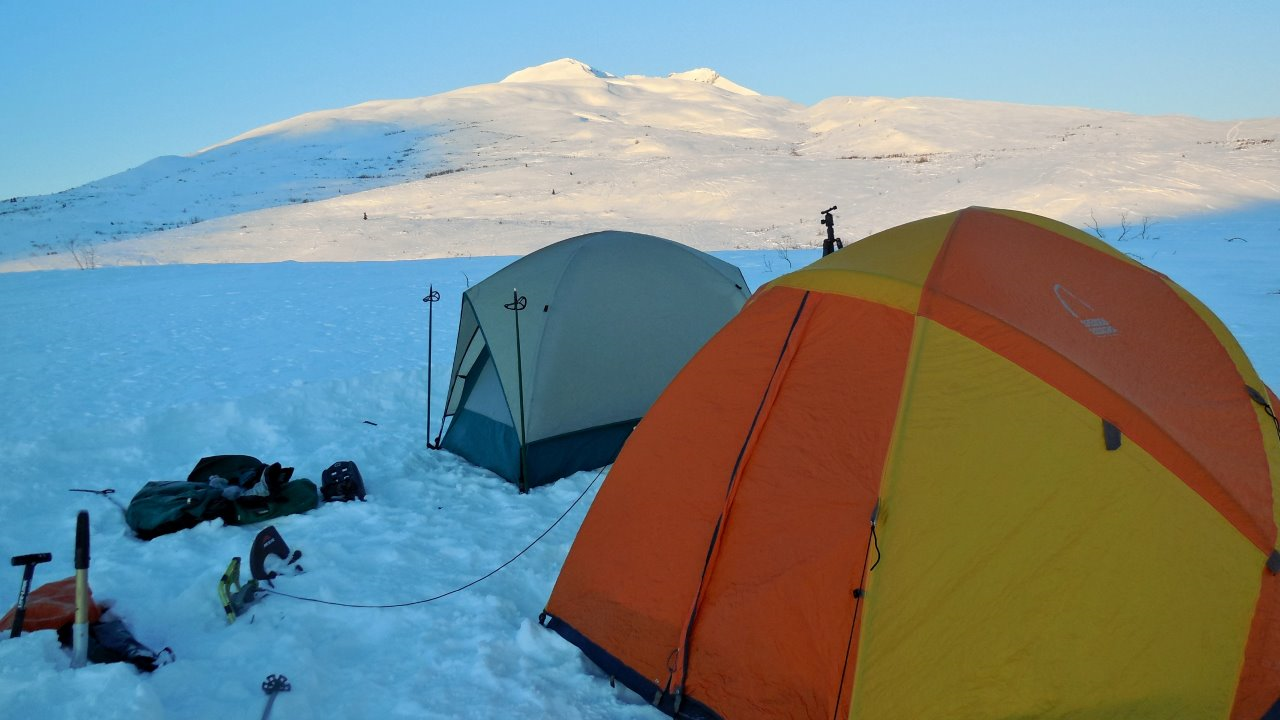
Keep things waterproof
The key to staying warm in the cold is staying dry. Once you get wet, the water conducts heat directly away from your body and makes you cold fast.
So, how do you stay dry?
The most obvious way to keep yourself from getting wet is by wearing waterproof clothing. Not all waterproofing is created equal. At the risk of horrible oversimplification, the most reliable and breathable waterproof clothing is Gore-Tex or other similar three-layer membranes.
Gore-Tex is tough, reasonably light, and so waterproof that companies such as Kokatat also make full dry suits out of it for cold-water paddlers. If you maintain your gear properly, it will serve you for a long time.
Also, a packing list distributed by Boy Scout Troop 140 reminds scouts: “If you get wet, make sure you change into dry clothes as soon as possible.” Wet clothes will lower your body temperature, even if they are made of wool and layered well. If you’re dealing with wet, sloppy snow, this is especially important.
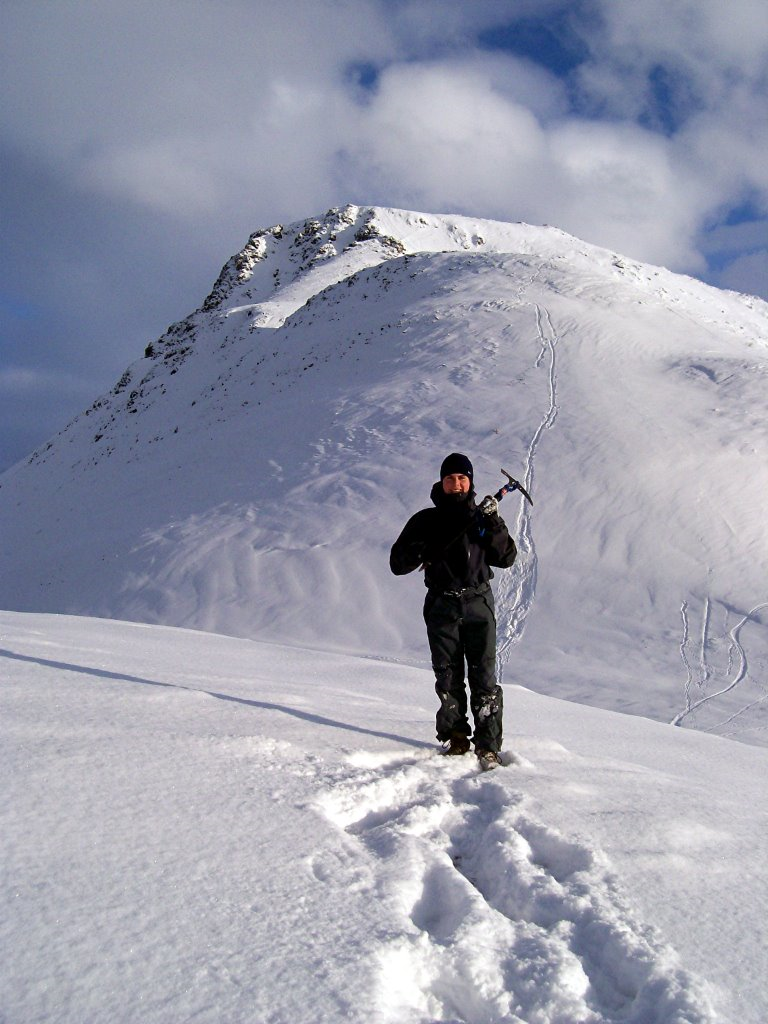
Dress in layers and avoid cotton
Another key part of staying warm is being able to regulate your body temperature, so make sure you dress in layers and add or remove those layers as needed. We’ll have more on this later, but it’s just as important not to overheat as it is to stay reasonably warm.
And while you’re busy picking out layers, be careful to pay attention to what they’re made of. Layers made of wool or polyester tend to keep warm even when wet; however, cotton — especially denim — doesn’t hold heat when wet and takes a long time to dry.
Don’t forget to eat and drink
When it’s cold outside, it’s easy to forget that you need water. You may not feel thirsty, but hydration is still incredibly important in the winter. Staying properly hydrated helps your body regulate temperature, so drink regularly.
The same goes for food. If you go a long time in the cold without eating, your body’s furnace cools down. Calories keep you warm — don’t forget them!
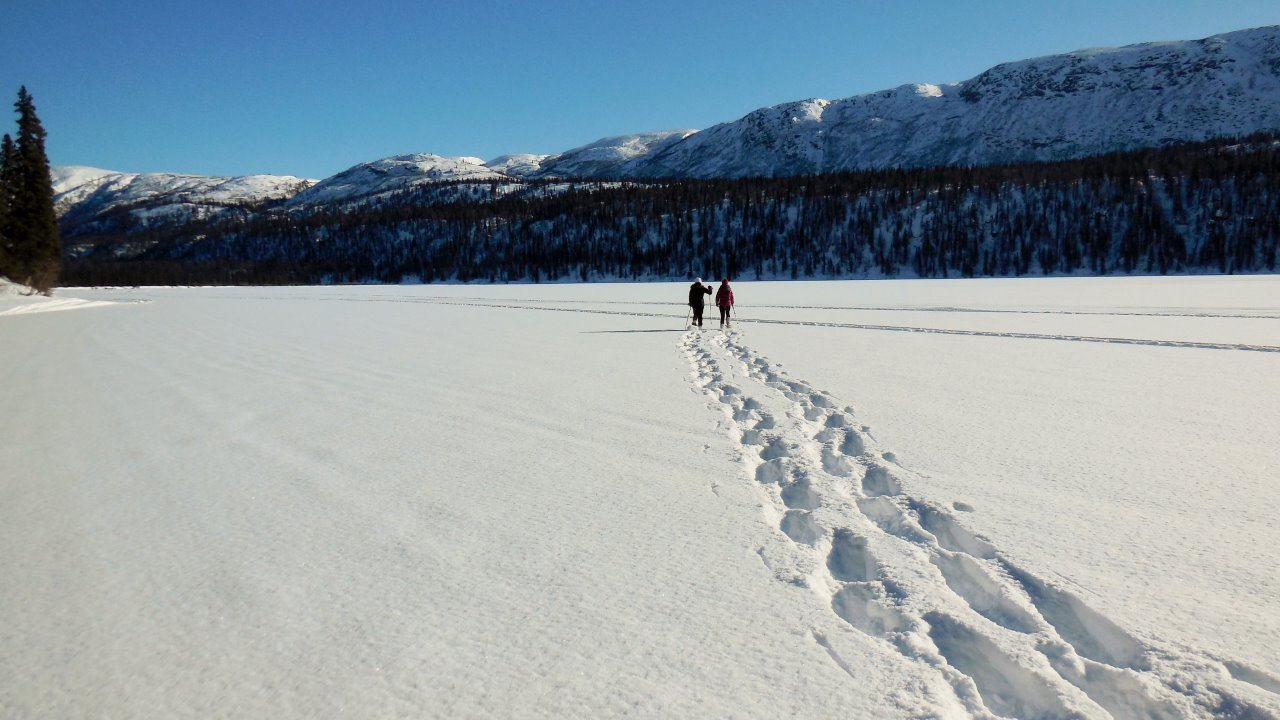
Don’t overexert!
And the final piece of advice from the BSA: Keep yourself within firm limits. If you rush, you will sweat, and no matter how waterproof your outer shells are, you will be wet — and then you’ll be cold. Overexertion in the wilderness kills.
When you rush, you also miss small details that may predict weather or terrain. So slow down when it’s cold outside; take time to think and plan every move.
The Scouts tell people to “avoid overheating by adjusting the layers of your clothing to meet the outside temperature and the exertions of your activities.” Making sure you don’t overexert or overheat ties to all the other points here. If you overheat, you will get wet, then cold.
So take it easy in the extreme cold and make sure to work within your limits.
Be prepared
The epitome of being a Scout is preparedness. However you plan your winter adventures, make sure you’re ready for whatever may come. Pack an extra layer, extra food, extra water. Gear is heavy, but winter is the time of year that demands the most equipment.
Have fun in the snow, but stay warm!
This article was originally published Feb. 8, 2019, on Coffee or Die.

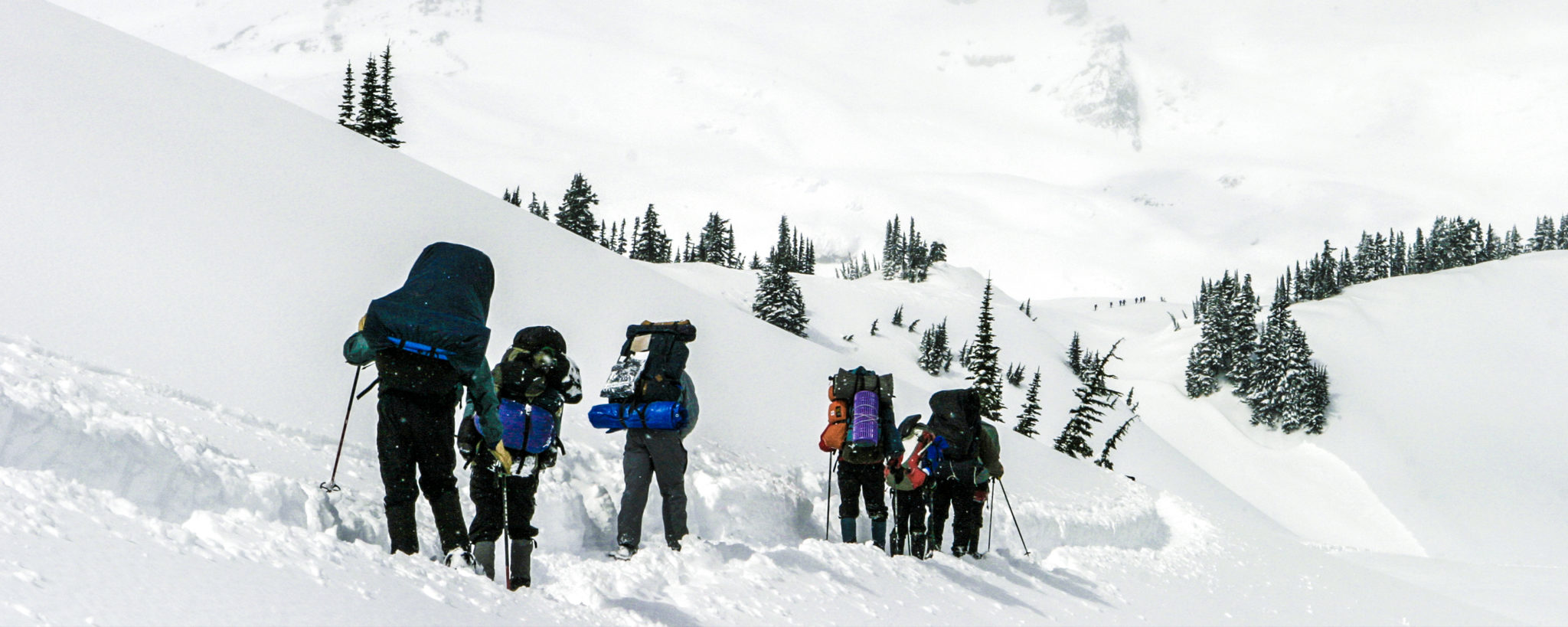


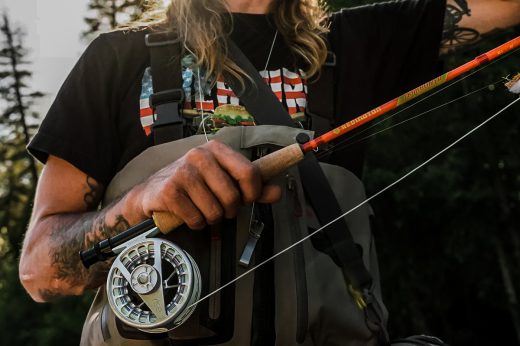



Comments